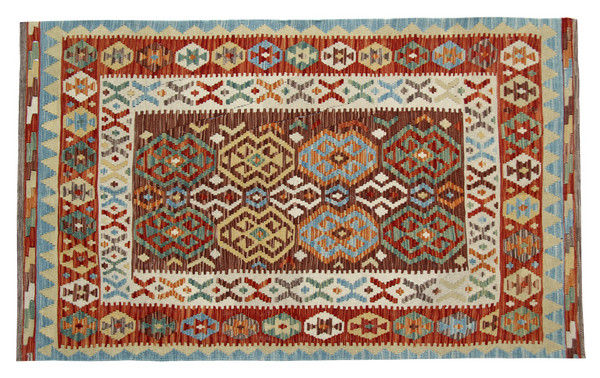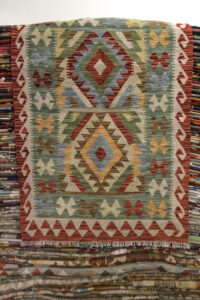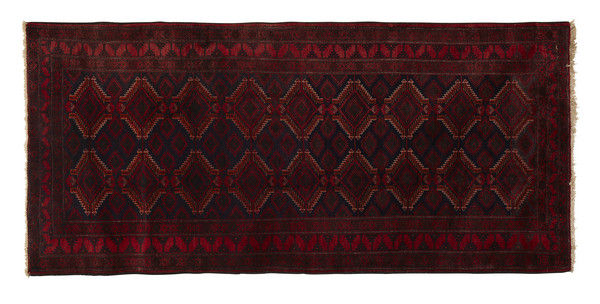The chances are that you have seen many handmade Afghan rugs for sale. But have you ever wondered about the carpet industry that produces them? Well, this is your opportunity to discover more in order to make a smart purchase.
As you will know, media representations of Afghanistan are often negative, concentrating on conflict and oppression. As a result, many aspects of this country’s culture and society are often overlooked.
But did you know? The carpet industry in Afghanistan is still thriving, despite successive wars and political tensions. This is largely because carpet weaving has a very long tradition in the country. After all, Afghanistan was once part of the Persian Empire and as such assimilated many elements of the Persian tradition.
In this article we will review some of the most common types of handmade Afghan rugs for sale today. Which means next time you browse these rugs you will know a little more about them.
Types of Handmade Afghan Rugs
Before we look at the Afghan carpets available. It is important to stress the distinctive elements that characterise handmade Afghan rugs.
These rugs are normally woven within tribes. Therefore the genuine items are never mass produced. Making them quite exclusive. Also, rugs woven by tribes or local people are of a higher quality than machine-made rugs. This is because the wool is sourced locally and worked by hand. For these reasons experienced buyers know that handmade Afghan rugs represent a good investment.
Here are some of the main Afghan rugs for sale nowadays:
Turkoman carpets: Turkoman carpets are woven in the north of Afghanistan. These carpets are well-known for their hard-wearing features. The wool is spun by hand, and, interestingly, only the wool from the double-coated Karakul sheep is used [Below a picture of a typical Turkoman rug from Persia].
As for the designs, they depict traditional symbols and motifs without following any particular planned design. The dyes used are organic.
Most Turkoman rugs derive from the so-called Ersari tribe: a very large tribe that uses specific symbols with secret meanings. In addition to rugs, the Turkomans weave many other items for everyday use, including bags, cloths for tents.
New traditional Kilim
New traditional kilims are woven in several areas of Afghanistan. Traditional kilims are items loved by buyers in Western countries because of their fresh look and feel. Together with the possibility of varied uses.
The traditional kilims of the highest quality are flat woven and made from wool. Sometimes the warp is made in cotton.


Traditional kilims contain traditional symbols and designs often derived from the Persian tradition. These handmade Afghan rugs normally have very scenic colour combinations. Making them suitable for the most modern interiors.
Balouch and the Balouch-type carpets: Balouch and Balouch-type rugs are woven in the South West of Afghanistan which was originally part of Persia. In fact, Balouch rugs are usually Persian [see picture].

The distinction in names is due to Balouch rugs being woven by the Balouch tribe, a semi nomadic tribe. Meanwhile, Balouch-type carpets reflect the Balouch’ rough look, but are woven by non-nomadic individuals.
Also the inner differences between these types of rugs are quite remarkable. Both organic and chemical dyes can be used, and the wool may derive from different breeds of sheep. Balouch carpets vary greatly. In fact, there are even Kilim Balouch rugs, which are totally different flat woven rugs.
War and Handmade Afghan Rugs
As mentioned earlier, military conflicts have affected the availability of handmade Afghan rugs for sale. However, it has also given rise to one new style in particular – war rugs.
You might think that war rugs are a new phenomenon inspired by the US invasion of Afghanistan, but this is not the case. War rugs made their first appearance at the beginning of the 1980s when the Soviet Union invaded Afghanistan.
This type of rug depicts missiles, weapons, war events and guns. They are not intended to celebrate war. Instead, they are simply a representation of what the weavers saw.

